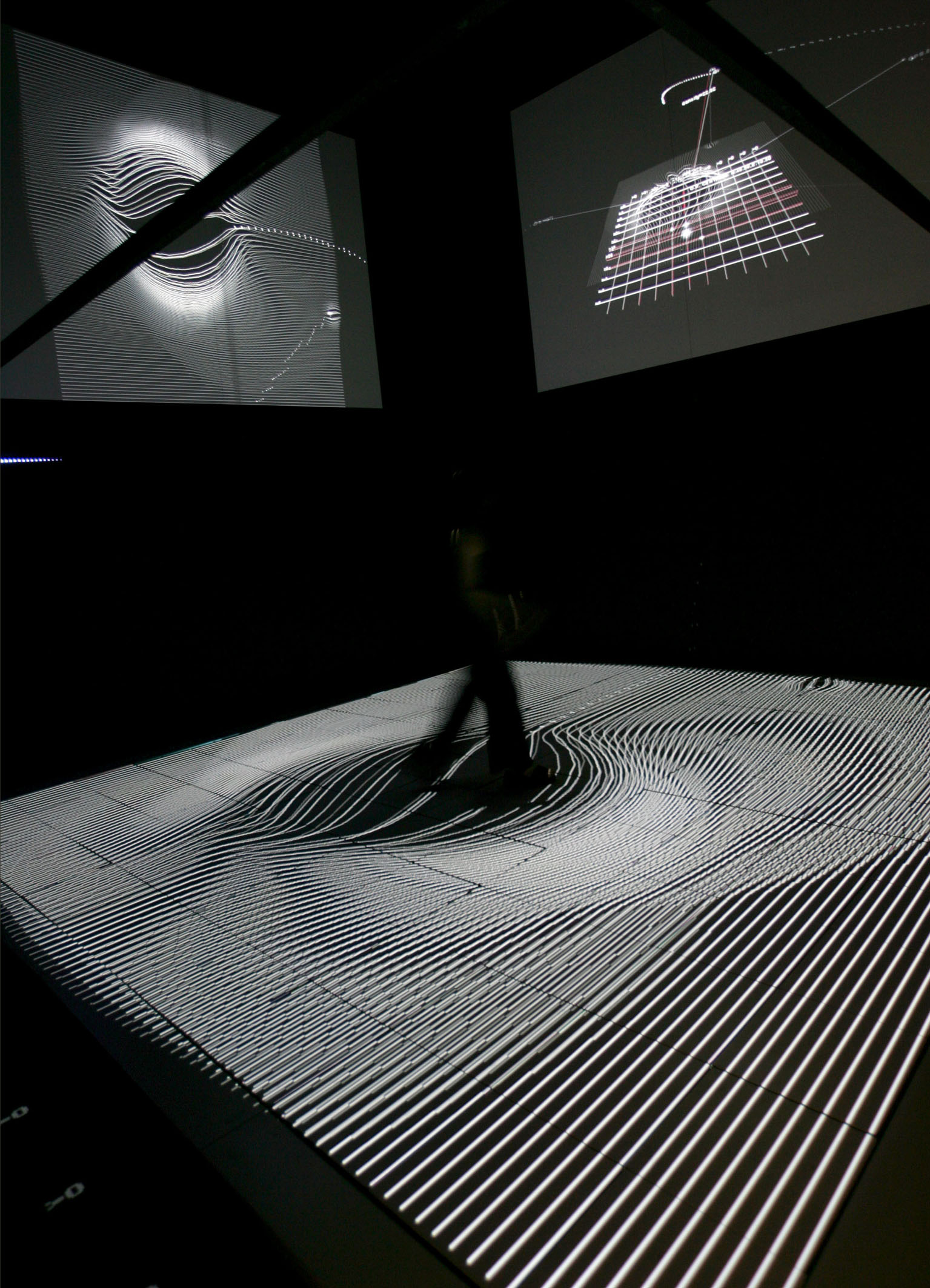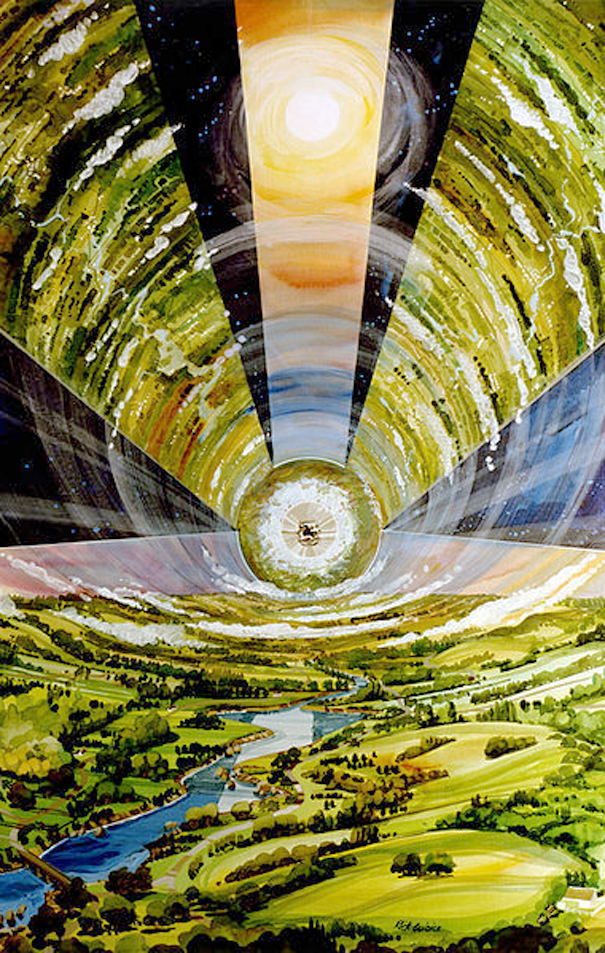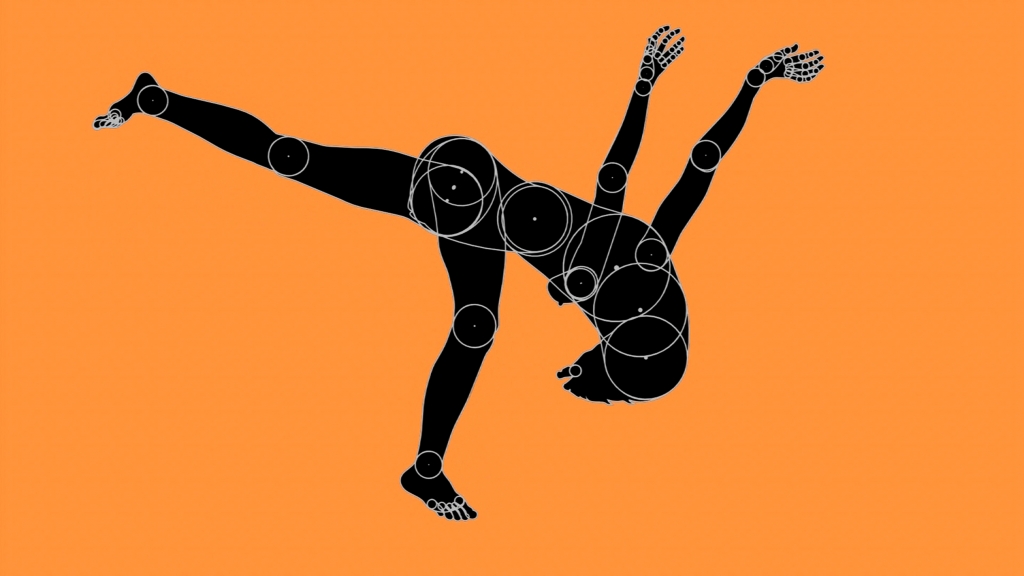
Kohei Nawa
FORCE
FORCE is an installation work that provides a visualization of the force of gravity via the interaction between gravity and a liquid with carefully computed qualities. Black silicone oil, engineered to achieve the required viscosity, streams constantly from the ceiling under the influence of gravity, forming a black pool on the floor and blurring the distinction between the characteristics of solids and liquids as if it were a sculpture transformed into a liquid. The tightly configured space places the viewpoint in the interface between time, space, and matter, giving us a direct awareness of the reality of our existence within a continuous series of actual moments.















